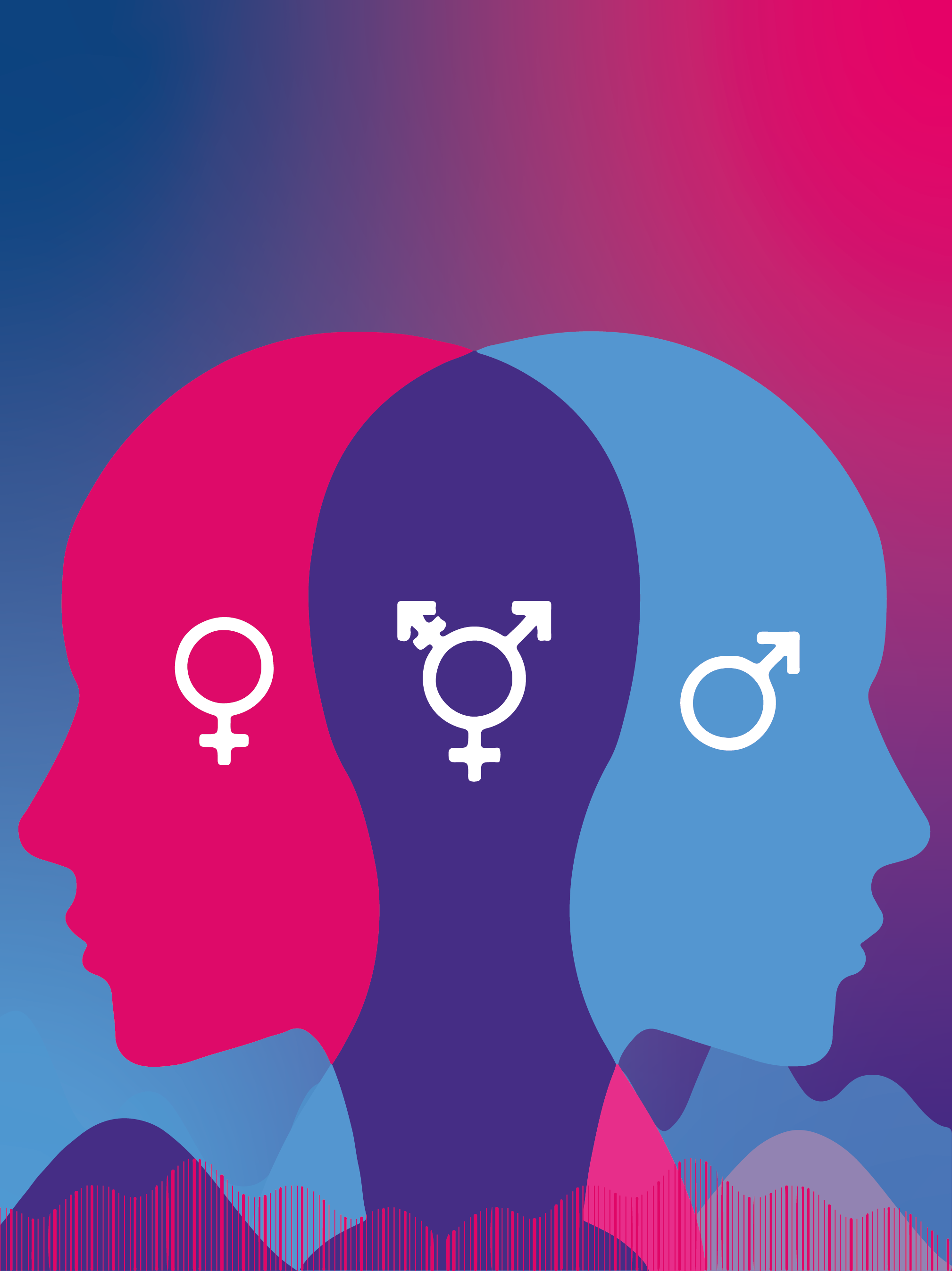Gender Indicators


The list of the Gender Indicators serves as a reference for applying gender analysis to transport policies or projects. It is recommended that the selection of indicators be made early in the development phase of your policy or project. The list encompasses categories of data already collected by different levels of government. These are the data primarily found in household travel surveys as well as data not yet systematically available, which would require they be identified and included in existing data collection processes. In this sense, this list is a compilation of ideal gender indicators for transport policies or projects.
The Indicators
1.1
Indicator:
Share of passenger mode, by gender
What to measure (unit)
Number of trips
How to measure (data source, collection method) - non-exhaustive list
Household travel surveys; mobility surveys; analysis of usage data from urban mobility apps; Fare card data (navigo, smart card data);
1.2
Indicator:
Travel distance, by gender (average trip length)
What to measure (unit)
Kilometre by mode per trip
How to measure (data source, collection method) - non-exhaustive list
Household travel surveys; mobility surveys; analysis of usage data from urban mobility apps; Fare card data (navigo, smart card data);
1.3
Indicator:
Departure time by gender
What to measure (unit)
Day of the week and time of day
How to measure (data source, collection method) - non-exhaustive list
Household travel surveys; mobility surveys; analysis of usage data from urban mobility apps; Fare card data (navigo, smart card data)
1.4
Indicator:
Trip purpose, by gender
What to measure (unit)
Trip purpose
How to measure (data source, collection method) - non-exhaustive list
Household travel surveys; mobility surveys; analysis of usage data from urban mobility apps (e.g. moovit insights).
2.1
Indicator:
License holders, by gender
What to measure (unit)
Number of driver’s licenses
How to measure (data source, collection
method) - non-exhaustive list
Household travel surveys; driver licensing authority database; census data
2.2
Indicator:
Vehicle ownership or access to a private vehicle, by gender
What to measure (unit)
Vehicle ownership or access to a private vehicle (percentage of women)
How to measure (data source, collection
method) - non-exhaustive list
Household travel surveys; vehicle licensing authority database; census data
3.1
Indicator:
Transport cost, by gender
What to measure (unit)
Percentage of household expenditures on transport
How to measure (data source, collection
method) - non-exhaustive list
Household travel survey or estimates based on public transport fares, taxi fares, fuel costs, parking costs
4.1
Indicator:
Road fatalities, by gender (Within 30 days of crash)
What to measure (unit)
Number of persons per mode
How to measure (data source, collection
method) - non-exhaustive list
National road safety database; police records; online public searchable databases, e.g. International Road Traffic and Accident Database (IRTAD)
4.2
Indicator:
Road injuries, by gender
What to measure (unit)
Number of persons per mode
How to measure (data source, collection
method) - non-exhaustive list
National road safety database; police records; online public searchable databases, e.g. International Road Traffic and Accident Database (IRTAD)
4.3
Indicator:
Type of vehicle occupant killed or injured, by gender
What to measure (unit)
Number of persons
How to measure (data source, collection
method) - non-exhaustive list
National road safety database; police records; online public searchable databases, e.g. International Road Traffic and Accident Database (IRTAD)
4.4
Indicator:
Gender-focused safety measures in public transport
What to measure (unit)
Are robust prevention and response actions to gender-based violence in place for all public transport operators?
How to measure (data source, collection
method) - non-exhaustive list
Report from public transport operators; Survey of public transport operators; Opinion Poll
5.1
Indicator:
Perception of safety
What to measure (unit)
Feeling of safety whilst walking at night
How to measure (data source, collection
method) - non-exhaustive list
Opinion poll (Likert scale); public transport user surveys; household travel surveys; Public community consultations
5.2
Indicator:
Incidence of gender- based violence, by gender
What to measure (unit)
Number of incidents by transport mode
How to measure (data source, collection
method) - non-exhaustive list
Police records; national crime statistics
5.3
Indicator:
Safety and personal security
What to measure (unit)
Number of trips not taken due to personal safety concerns, by purpose
How to measure (data source, collection
method) - non-exhaustive list
Household travel surveys; public opinion surveys
(e.g. Eurobarometer survey)
5.4
Indicator:
Legal protection
What to measure (unit)
Is a legal framework in place that protects women in public space, including in all modes of transport, or not?
How to measure (data source, collection
method) - non-exhaustive list
Analysis of national, regional and local legal frameworks; records from civil society organisations dedicated to support women's rights and issues.
5.5
Indicator:
Public awareness
What to measure (unit)
Are (national) public awareness campaigns on the personal security of women in transport in place or not?
How to measure (data source, collection
method) - non-exhaustive list
Reports from public transport operators; Transport operators surveys; Public community consultations
Report from public transport operators; Survey of public transport operators; Opinion Poll
6.1
Indicator:
Gender- responsive transport/land use planning
What to measure (unit)
Number or percentage of urban planning strategies that consider gender- specific needs and interests
How to measure (data source, collection
method) - non-exhaustive list
National or metropolitan level of urban planners' survey; city planning records
7.1
Indicator:
Accessibility of services, by gender
What to measure (unit)
Average number of services reachable within a given time, by mode
How to measure (data source, collection
method) - non-exhaustive list
Transport accessibility models using data on demographics, destinations, road networks like and public transport networks. Potential sources include population census data, TomTom, OpenStreetMaps or General Transit Feed Specification
7.2
Indicator:
Family- friendliness of public transport stations
What to measure (unit)
Number or percentage of stations that provide facilities for parents and caregivers
How to measure (data source, collection
method) - non-exhaustive list
Survey of public transport operators; city planning records
7.3
Indicator:
Family- friendliness of public transport vehicles
What to measure (unit)
- Number or percentage of vehicles with low or level floor
- Number or percentage of vehicles with foldable seats
- Number or percentage of vehicles with automatic boarding ramps
How to measure (data source, collection
method) - non-exhaustive list
floor survey of public transport operators
7.4
Indicator:
Family- friendliness of fare policies
What to measure (unit)
Are public transport fares differentiated for families or not?
How to measure (data source, collection
method) - non-exhaustive list
Survey of public transport operators; data from the back-office of Intelligent Transport Systems
8.1
Indicator:
Participation in the transport workforce, by gender
What to measure (unit)
Number or percentage of workers in the transport workforce by transport mode/ sub-sector and occupation type.
How to measure (data source, collection
method) - non-exhaustive list
National labour force survey; labour authorities database
8.2
Indicator:
Employment in senior and middlen management by gender
What to measure (unit)
Number or percentage of senior and middle managers in the transport workforce (ISIC definition)
How to measure (data source, collection
method) - non-exhaustive list
National labour force survey; private sector surveys
8.3
Indicator:
Employment type, by gender
What to measure (unit)
Number or percentage of full-time and part-time workers in the transport workforce (ISIC definition)
How to measure (data source, collection
method) - non-exhaustive list
National labour force survey; private sector surveys
8.4
Indicator:
Employment retention rate, by gender
What to measure (unit)
Difference between the number of employees who have departed the transport workforce over a specific period and the total number of employees divided by the total number of employees
How to measure (data source, collection
method) - non-exhaustive list
National labour force survey; employers (e.g. Glassdor)
8.5
Indicator:
Gender pay gap
What to measure (unit)
Male-to-female income ratio by the International Standard Industrial Classification (ISIC) division or other industry classification systems
How to measure (data source, collection
method) - non-exhaustive list
National labour force survey; records from civil society organisations dedicated to support women's rights and issues
9.1
Indicator:
Attainment rates in Science, Technology, Engineering and Mathematics (STEM), by gender
What to measure (unit)
Percentage of graduates from STEM programmes in tertiary education
How to measure (data source, collection
method) - non-exhaustive list
National educational data
